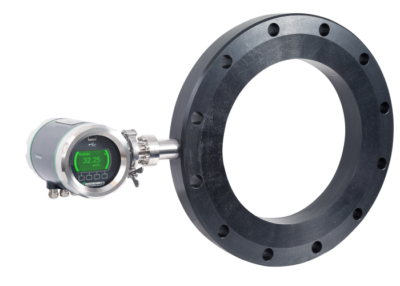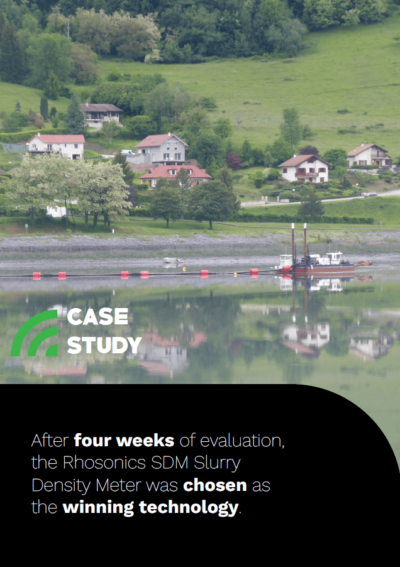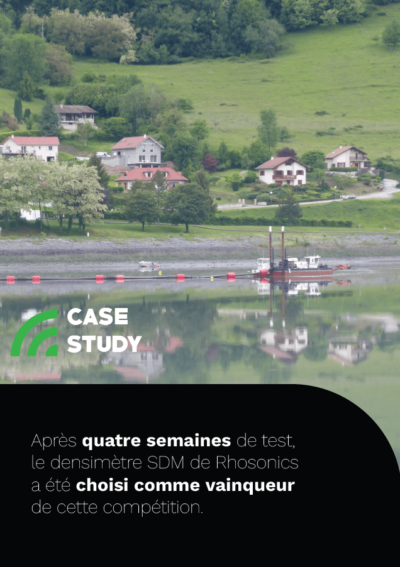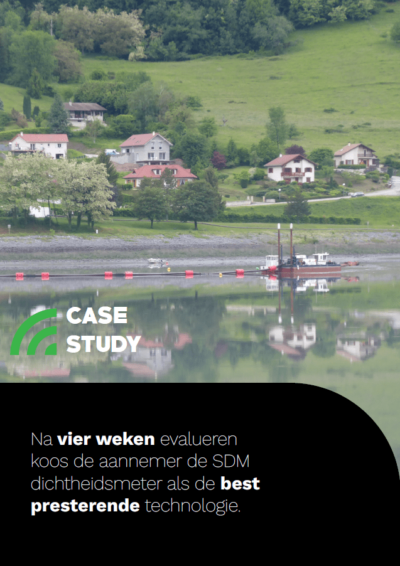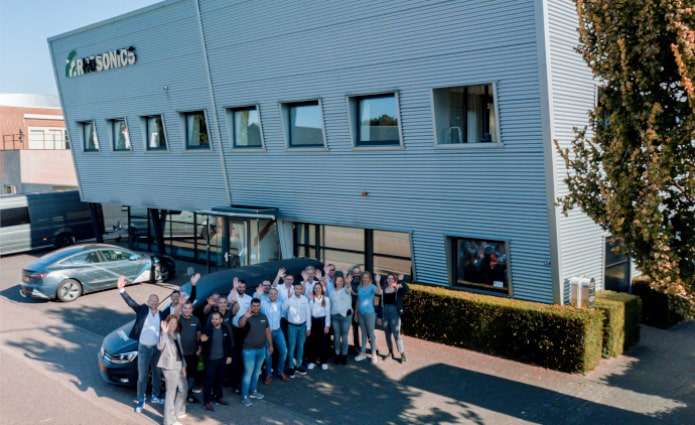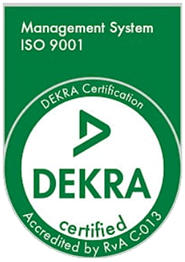SDM Comparison Test in France
Measuring Task
Density determination of a water/solids slurry.
-
Pipe diameter: 300 mm (12 inch)
- Pipe material: Carbon steel alloy (ASTM A53)
- Solids: 0 – 10 wt%
- Density: 1.015 – 1.060 g/l
- Temperature: 4°C – 8°C (39°F – 46°F)
Challenge
A French electricity company is utilizing water from an uphill reservoir to generate power at one of their hydroelectric power plants in France. Additionally, for maintenance purposes, sediments are dredged from the uphill basin and transported to the river downstream. To prevent sediment accumulation in the flow from the power plant to the river, a certain water/solids balance is required. Furthermore, it is essential to prevent wear on the turbine of the hydro plant caused by solids.
Solution
The contractor extended an invitation to four suppliers of density meters to validate and prove their respective density measuring methods. These suppliers utilize different technologies to determine slurry density through measurement via:
- Radiation (Nuclear)
- Acoustic impedance (Ultrasonic)
- Electrical conductivity (Tomography)
- Force and acceleration (Mass/volume)
However, one of the invited suppliers withdrew their participation in the comparison test in advance, resulting in the comparison of three technologies. This evaluation was conducted over a period of four weeks, during which data from each measuring instrument was collected. The density meter test configuration is depicted in the image below, with the Rhosonics’ density meter installed in a metal pipe piece specifically designed for this application.

Results
After four weeks of comparison test, the company chose Rhosonics SDM Slurry Density Meter as the winning technology. This choice was based on the accuracy and stability of the measurements, but also on the easy installation and short calibration compared to the nuclear and tomography devices.
The Rhosonics density meter contributes to:
- Prevention of plant shutdowns caused by sand accumulation in the flow to the river
- Prevention of wear on the power turbine caused by the water/solids slurry
- Improvement of dredging efficiency
- No nuclear source, so no costs for licences, permits or specialized personnel
You can read the whole story in the case study. Click on the images below to download the case study in the prefered language.
English
French
Dutch
Get in touch with Rhosonics for further information about chemical concentration or density control. If you want to learn more about our applications, then please also check our client cases and webinars.
Want to have frequent updates on our products? Then please subscribe to our newsletter or follow us on our social media accounts at LinkedIn and Facebook.
Receive our technical update?
Fill in your name and email address and we’ll keep you in the loop on our latest technology updates.

